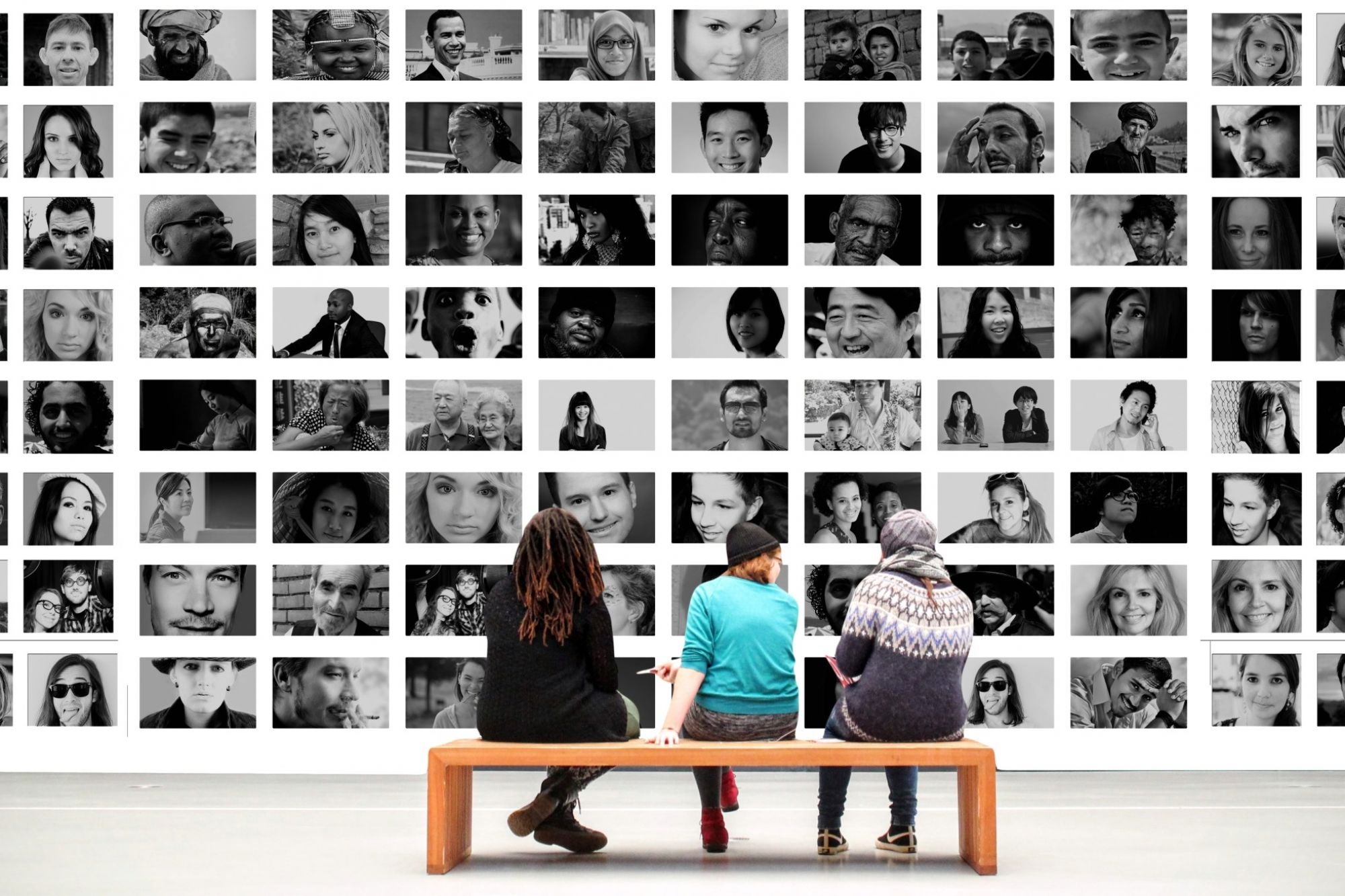Busted: Five Common Myths About Diversity And Inclusion In the Workplace Promoting empathy and social intelligence amongst employees should be an urgent priority in the modern workplace
By Sarah Liu
Opinions expressed by Entrepreneur contributors are their own.
You're reading Entrepreneur Asia Pacific, an international franchise of Entrepreneur Media.

The diversity and inclusion debate is a tired one - and there's a growing sense of fatigue amongst many individuals and workplaces. "Artificial harmony' is the idea that diverse and inclusive practices are prominent in certain sectors of an organisation or people, but are largely misunderstood by the majority. As a result, society has constructed myths around what it really means to strive for diversity and inclusion based on superficial training and discussions.
The Workplace Gender Equality scorecard released on Tuesday is proof that our conversations and actions are stagnating. The results show the gender pay gap sits at 20.8 per cent, and the representation of female chief executives has flatlined to 17.1 per cent - these shouldn't be anomalies in our society, but the slow rate of progress keeps these numbers low.
This scorecard reinforces the urgent need for change. Understanding is learning, and learning enacts change - the more uncomfortable we can become about discussing our blindspots, the more we can progress.
Here are five of the most common myths about diversity and inclusion, busted:
I'm supportive of diversity and inclusion, but shouldn't the best person get the role?"
In an ideal world, diversity and inclusion would be an intrinsic part of everyday life where all people are considered equal, while bias - unconscious or otherwise - wouldn't exist. Unfortunately, that's not the world we live in yet.
Part of making progress in diversity and inclusion is unlearning the social structures built from centuries of colonisation, patriarchal societies and gender discrimination. "Unlearning' means actively recognising preconceived ideas one has about intersectional race, gender, sexuality and ability, while working to understand why those biases exist and how to break them down. Not enough workplaces critically analyse these thoughts, nor do they have the tools or learnings to do so - as a result, we have diversity and inclusion quotas to ensure unconscious bias does not drive decision making.
While talent may be equally distributed - opportunity is not. We must level out the playing field by assessing how men in higher-management positions attain their roles. The issues around legacy hires are becoming more prominent as we recognise personal connections are not the basis for employability. We need to reflect on where candidates come from. There are huge disadvantages to being a diverse candidate that can prevent someone from achieving success simply because of who they are - that's why we must create these opportunities to give minorities a fighting chance at equality.
"Diversity and inclusion is an HR issue."
Think of the last time you received an email from HR about an office initiative - did you rush to open it? What about an email from your division manager - was there a greater sense of urgency to be across their message?
Diversity and inclusion goes beyond hiring and promoting people. On a daily basis, HR deal with onboarding, redundancies, disputes, payroll and several other logistical operations that allow teams to run smoothly - so imagine how little time they have to focus on big picture cultural change. The odd women's breakfast event or international networking lunch is not enough - superficial inclusion will not effect real change.
Those in senior roles must be the champions of diversity and inclusion in the workplace. It's everyone's responsibility to practice, but leaders are the ones that must set the example. Vocalising initiatives, encouraging conversation and group learning led from the top has the ability to enact cultural change better than a tired bulletin from HR that sits unopened in your inbox.
"I care about diversity and inclusion, but new hires need to be a cultural fit."
It's human nature to find comfort and trust in those that look, sound and act similar to us. We're drawn to likeness because it gives us something to relate to in others. This is often the foundation of a "company culture' meaning businesses have a tendency to adapt a one-size- fits-all approach to social practices, such as Friday night drinks.
When a business is seeking out a new hire, there's an expectation that a potential candidate needs to "fit in' with the company culture in order to be suited, yet the roles are rarely reversed. How often does a prospect expect a business to adapt to, let alone respect, their culture in order for them to accept a role?
There needs to be a change in mindset where new hires are not assessed on their cultural fit but their cultural add. Looking for the differences in people is what creates value in the workplace, as broader perspectives create more nuanced understanding. If hiring diverse talent is enough to rattle a company culture - it was not robust enough in the first place. We need to challenge our habits of always seeking commonality to truly be inclusive and diverse, and that starts by celebrating difference.
"My business has an equal number of men and women, so we tick the diversity and inclusion box."
Having a gender balance is important - and organisations that are actively implementing measures to ensure this should be celebrated. But gender is just one factor in a range of intersectional diversity and inclusion. We see this a lot in the corporate world where there is a greater push to have equal gender representation across company boards - yet those positions are largely filled by caucasian women.
Nationality, religion, sexuality, disability, mental health and body size are all examples of diversity considerations that are judged against westernised "norms'. Ticking one box and ignoring the rest does not automatically make a company diverse or inclusive - it's a step in the right direction towards change, but the work is not done. We must learn to make space for, and accept differences in all forms.
We have to look beyond our own metric of reality and try to understand what it's like to walk in someone else's shoes. Our society is changing rapidly and ignorance is no longer an excuse for non-acceptance. Things like learning someone's preferred gender pronoun and recognising international holidays are simple practices for workplaces to get onboard with what makes people feel welcome and seen.
"I've attended diversity and inclusion training, so I get it."
Learning is what drives progress, but learning takes place across many different mediums. Often diversity and inclusion training is led by HR teams where superficial and obvious information is conveyed by talking at large groups of people. The company ticks a box for themselves and gets on with business as usual - and teams follow suit.
Standard diversity and inclusion training doesn't cover the hard topics - people aren't made to feel uncomfortable by confronting their blindspots across various levels of progressive thinking. Real change comes from conversations where honest but respectful questions are encouraged without judgment, and diverse voices are heard the loudest.
Organisations must think of new methods to teach diversity and inclusion that are collaborative and non-isolating. The conversations need to extend beyond the classroom to an everyday awareness of behaviour. People and relationships are the foundation of many successful businesses - so promoting empathy and social intelligence amongst employees should be an urgent priority in the modern workplace.











